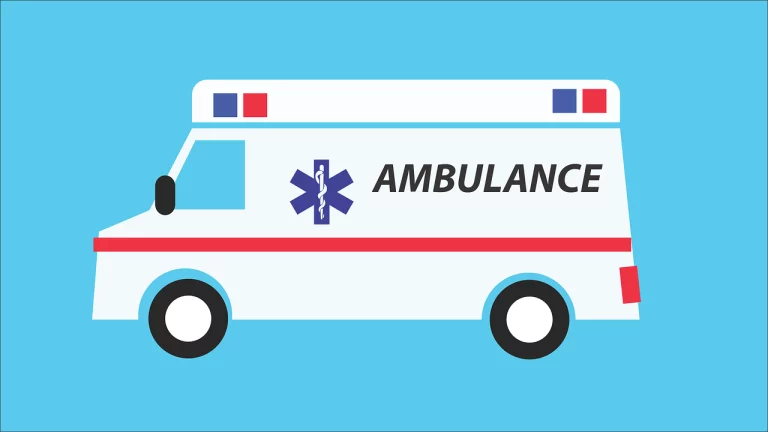Book Appointment Now

The Role of Epidemiology and Nursing Leadership in Disaster Response: A Case Study of Hurricane Dorian (2019)
Natural disasters have devastating effects on public health, often leading to disease outbreaks, mental health crises, and infrastructure collapse. The Hurricane Dorian Disaster Response in 2019 highlighted the critical role of epidemiology and nursing leadership in mitigating health consequences. As a Category 5 storm, Hurricane Dorian severely impacted the Bahamas, displacing thousands and overwhelming healthcare systems. This paper examines how epidemiologic methods were used to assess and manage health outcomes, as well as the essential leadership roles nurses played in disaster response and recovery.
Count on our nursing experts to deliver 100% custom paper on the role of epidemiology and nursing leadership in disaster response
Write my nursing essay
Hurricane Dorian: Overview and Health Consequences
Hurricane Dorian, a Category 5 storm, made landfall in the Bahamas in September 2019, with sustained winds of 185 mph and storm surges reaching 18–23 feet (National Oceanic and Atmospheric Administration [NOAA], 2019). The storm caused extensive damage, killing at least 74 people, with over 245 missing and presumed dead (International Federation of Red Cross and Red Crescent Societies [IFRC], 2019). Approximately 76,000 people were left homeless or in need of assistance, and hospitals, clinics, and water sanitation systems were severely affected (World Health Organization [WHO], 2019).
The health consequences of the disaster included an increase in infectious diseases, mental health disorders, and chronic disease exacerbations. The destruction of water supply systems led to outbreaks of gastrointestinal illnesses due to waterborne pathogens, while crowded shelters created conditions conducive to the spread of respiratory infections. The psychological toll of the disaster also resulted in a rise in anxiety, depression, and post-traumatic stress disorder (PTSD) among survivors (Centers for Disease Control and Prevention [CDC], 2020).
Population Health and Epidemiology in Disaster Assessment
Epidemiology provides the foundation for assessing the health impacts of disasters through surveillance, risk assessment, and disease monitoring. In the case of Hurricane Dorian, epidemiologic methods were crucial in identifying patterns of disease, evaluating water quality, and tracking mental health cases.
- Surveillance Systems: Post-disaster epidemiologic surveillance was essential in detecting disease outbreaks and identifying health needs. The WHO and CDC conducted rapid health assessments, monitoring cases of acute respiratory infections, diarrhea, and vector-borne diseases such as dengue fever (WHO, 2019).
- Risk Assessment: Vulnerable populations, including the elderly, children, and those with pre-existing conditions, were at heightened risk. Epidemiologic tools such as Geographic Information System (GIS) mapping were used to identify high-risk areas and allocate healthcare resources efficiently (IFRC, 2019).
- Data Collection and Analysis: Epidemiologists gathered data on morbidity and mortality rates to guide relief efforts. This data helped policymakers and aid organizations prioritize interventions, such as immunization campaigns and mental health support programs.
Mitigating Negative Health Effects Through Epidemiology
Epidemiologic principles can also be applied proactively to mitigate negative health effects. After Hurricane Dorian, several strategies were employed to improve health outcomes:
- Infection Control Measures: Epidemiologists advised on water treatment strategies and distribution of clean drinking water to prevent cholera and other waterborne diseases.
- Vaccination Campaigns: Following the disaster, public health officials implemented vaccination programs targeting influenza, tetanus, and hepatitis A to reduce disease spread.
- Mental Health Interventions: Epidemiologic surveys highlighted the mental health crisis, leading to increased deployment of mental health professionals and the establishment of counseling centers.
- Shelter Sanitation and Vector Control: Efforts to prevent mosquito-borne illnesses included insecticide spraying and mosquito net distribution in affected regions (CDC, 2020).
Leadership Roles of Nurses in Disaster Response
Nurses play a pivotal role in disaster response, providing direct patient care, coordinating relief efforts, and advocating for public health interventions. During and after Hurricane Dorian, nurses assumed several leadership roles:
- Emergency Care and Triage: Nurses were at the forefront of emergency response, treating injuries, managing chronic conditions, and prioritizing care based on severity.
- Disease Prevention and Health Education: Public health nurses educated displaced populations on hygiene practices, proper water sanitation, and disease prevention measures.
- Mental Health Support: Psychiatric nurses provided trauma-informed care to individuals suffering from PTSD and other psychological disorders.
- Logistical Coordination: Nurse leaders worked with international organizations to manage medical supplies, deploy healthcare teams, and organize field hospitals.
- Policy Advocacy: Nurses engaged with policymakers to improve disaster preparedness, emphasizing the need for robust healthcare infrastructure and community resilience programs.
The Hurricane Dorian Disaster Response underscores the importance of epidemiology in disaster preparedness, disease surveillance, and mitigation strategies. By applying epidemiologic principles, healthcare professionals were able to track disease outbreaks, improve emergency interventions, and allocate resources effectively. Nurses played a crucial role in triage, infection control, mental health support, and public health education, ensuring that affected communities received the care they needed. Strengthening global disaster response frameworks through epidemiology and nursing leadership is vital for enhancing resilience in future disasters.
Also read:
- NURS 8310 Week 1: Introduction to Epidemiology and Population Health
- NURS 8310 Week 2: Descriptive Epidemiology and Sources of Population Health Data
- NURS6700/NUR S8310 Week 9 Assignment Epidemiology & Population Health Planning for Evaluation
- NUR 550 Week 4 DQ1 How does epidemiology helps in researching and addressing population health challenges?
- NR 503 Population Health, Epidemiology, & Statistical Principles
References
Centers for Disease Control and Prevention. (2020). Public health emergency response to hurricane Dorian — Bahamas, 2019. https://www.cdc.gov/disasters/hurricanes/dorian-response.html
International Federation of Red Cross and Red Crescent Societies. (2019). Hurricane Dorian: Bahamas Red Cross launches appeal as destruction unfolds. https://www.ifrc.org/hurricane-dorian
National Oceanic and Atmospheric Administration. (2019). Hurricane Dorian summary. https://www.nhc.noaa.gov/data/tcr/AL052019_Dorian.pdf
World Health Organization. (2019). Emergency response to Hurricane Dorian in the Bahamas. https://www.who.int/emergencies/hurricane-dorian




